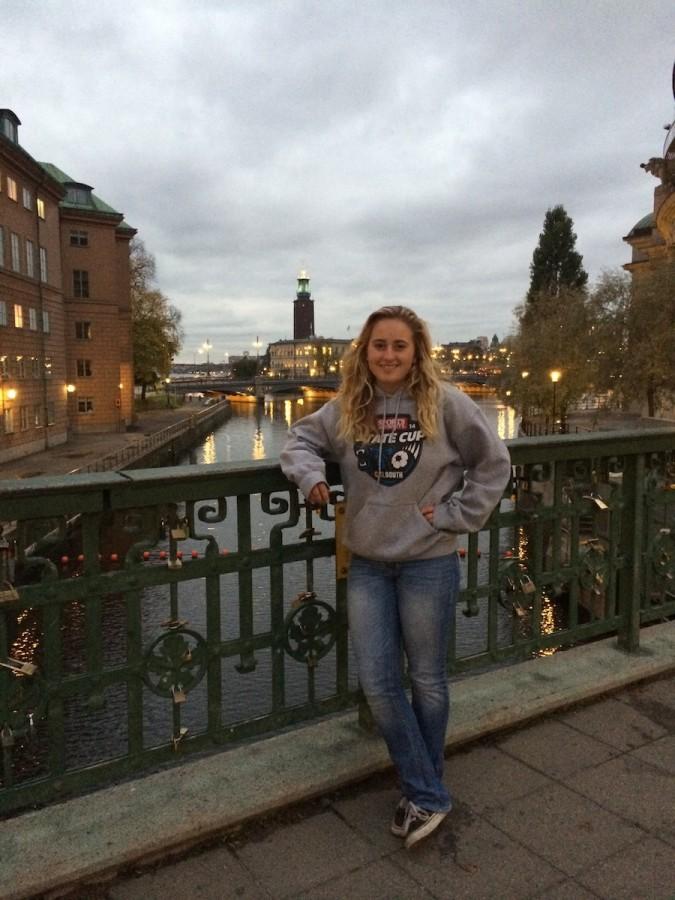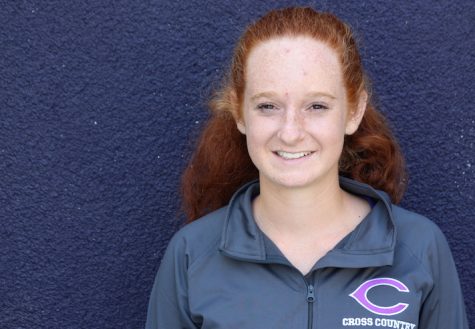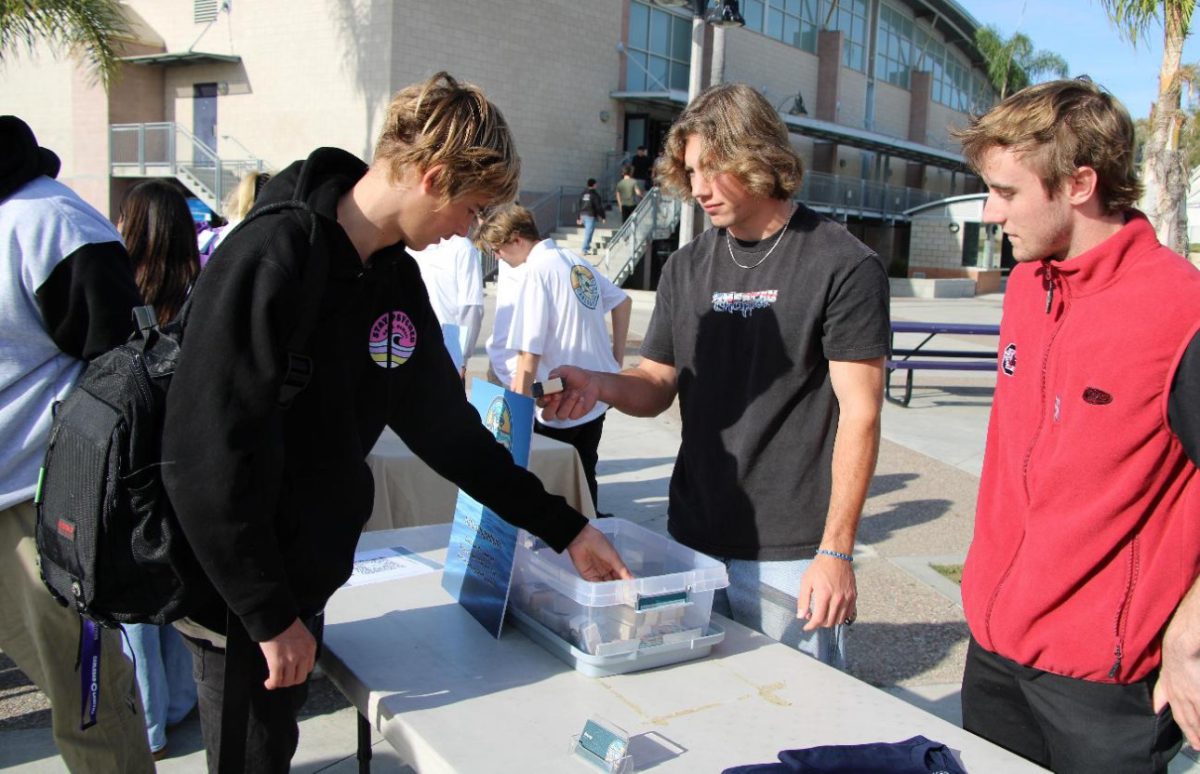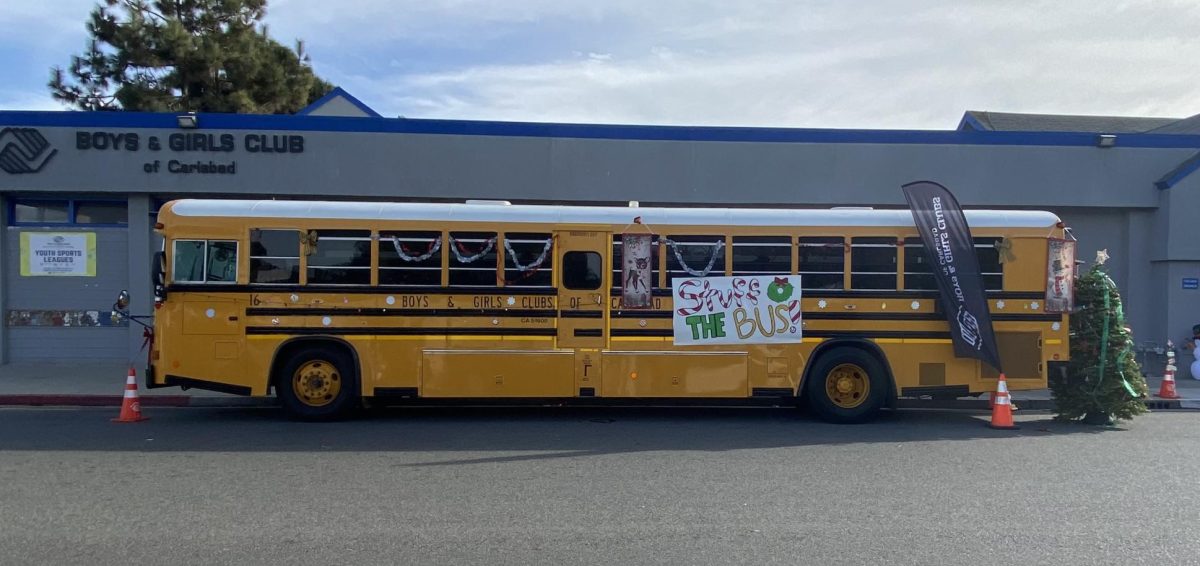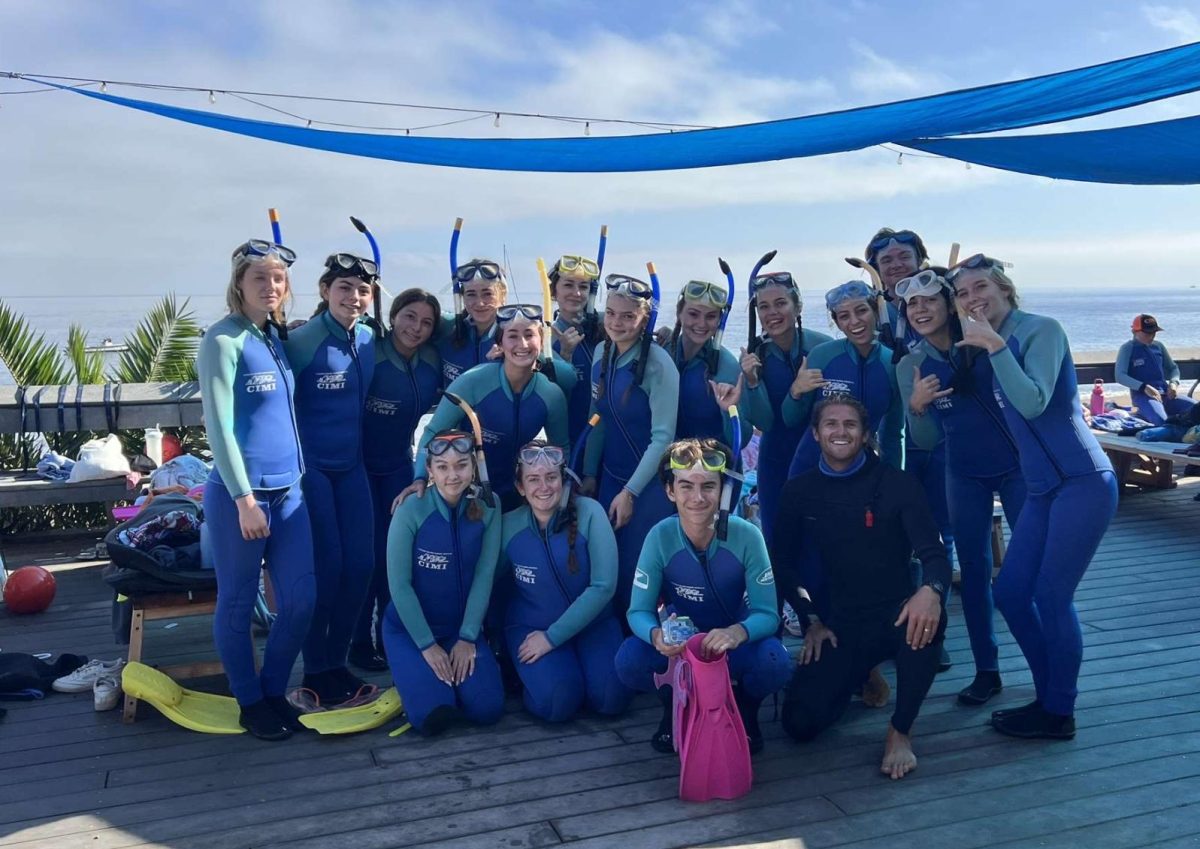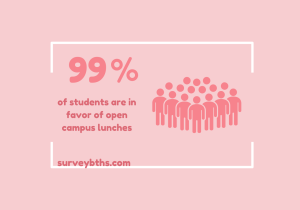Emma Wenger travels to her Swedish origin
October 28, 2014
In Stockholm, Sweden, CHS sophomore Emma Wenger returns to her Swedish origin, but now, she experiences the culture from a different perspective: at an international school. Unlike the time Wenger traveled with her family when she was too young to remember, she now has the opportunity to appreciate Swedish culture for one year as an exchange student. Wenger is adapting to the nine-hour time difference along with many other aspects that differ from Carlsbad, such as the wintry weather.
“The weather is a lot different; right now, it’s not even half as cold as it’s going to get, and it’s probably the coldest it could get in California,” Wenger said. “It’s currently 50 degrees Fahrenheit. I’m trying to learn Celsius. That’s another thing too, the metric system. The U.S. is different because we’re the only country that uses inches.”
Wenger reached Sweden on Aug. 13 after a 13-hour flight. Wenger bought a new wardrobe because in Stockholm because it snows and will drop to 20 degrees Fahrenheit.
“I cannot wait for it to snow,” Wenger said. “In the dark winters here, everyone says it’s depressing but now that I’m here, I’m excited for winter. My dad says I should tell people I came here to build a snowman for the first time in my life.”
Regarding school life, Wenger adjusts to a different academic program while learning Swedish. Each day, school starts at a different time according to a certain schedule and teachers are free to teach however they want, because there are no set standards.
“The grading system is a lot harder here; its difficult to get an A,” Wenger said.”C is above average. My school has only 70 people in my grade, with five to six friends I’m close to. Everyone knows each other. Everyone knows English so it’s not that hard to get by.”Manage
Life abroad has brought Wenger many new friends but she still manages to keep in touch with her friends in California through social media and Skype.
“I really miss Emma,” sophomore at Tri-city Christian Elizabeth Wilken said. “I’m really excited to see her again and hear everything when she gets back so we can talk face to face.”
During school, Wenger goes on outdoor field trips with her peers.
“For school, they took us out to a national park here in Sweden and for a whole day we just hiked and did a bunch of activities with a certified tracking ranger who tracked lions,” Wenger said.”That was fun because I made a lot of friends, and I’m still close with them.”
Compared to the West Coast, teenagers in Stockholm are given more freedom to travel because transportation plays a huge part of the culture.
“Another thing is the freedom is totally up to you,” Wenger said. “You could have your parents drive you around but eventually you can take the subway. [On the subway,] you just sit there and everyone is in their own world or talking on the phone.”
Everyday life in Swedish culture revolves around food. A time set aside to eat pastries and bread, drink coffee and tea with friends and family for Americans is often called brunch, but for Swedes it is called fika.
“During the summer and quite a few times in winter, people sit down and eat a bunch of pastries and cake,” Wenger said. “We have lingonberries that we cook on Swedish pancakes and bread. Bulla is cinnamon rolls, which we have a lot here too.”
Wenger enjoys the diverse culture through her Swedish experience.
“Obviously, it’s a good experience,” Wenger said. “I wanted to travel abroad in college, so why not do it in high school?”



